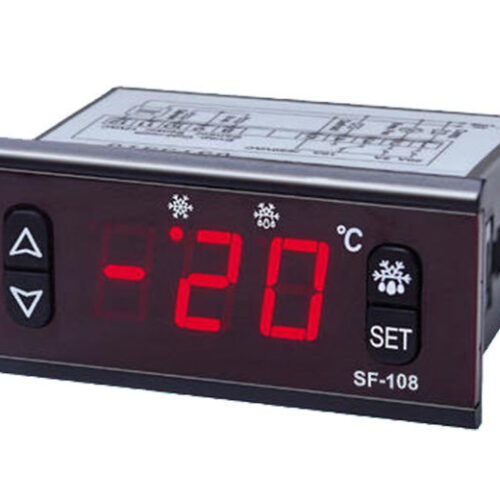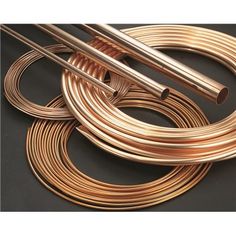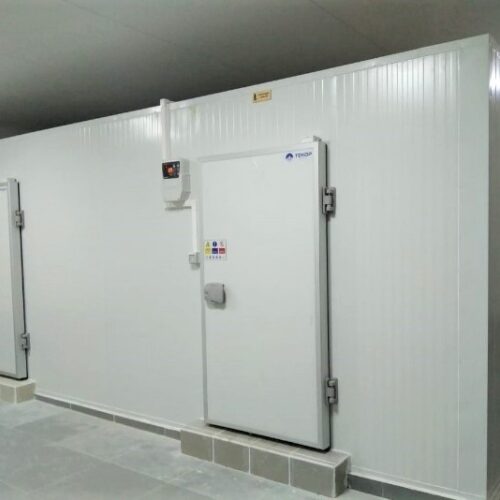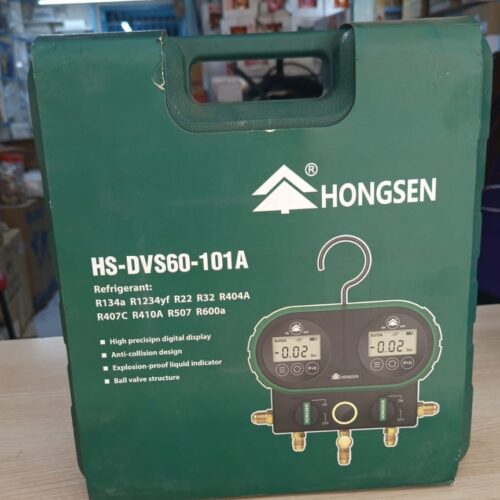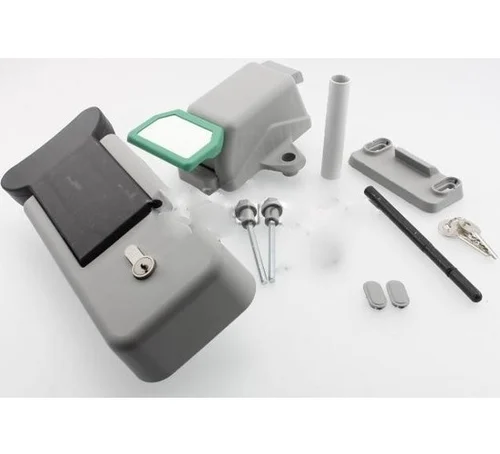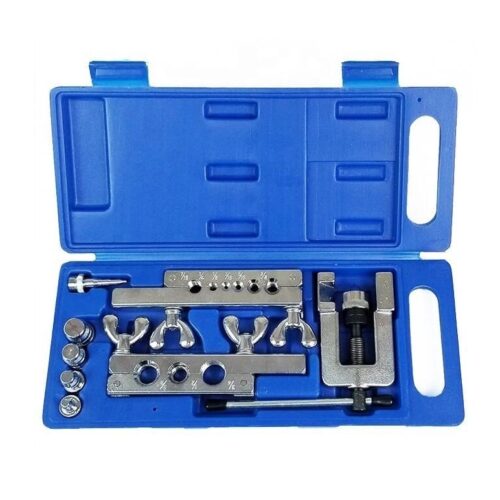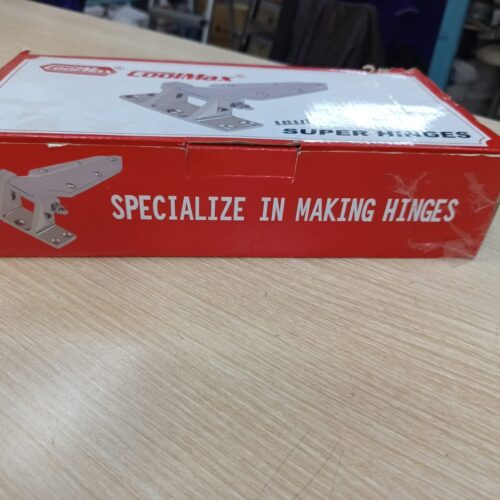Temperature Resistance -cold room locks
The lock must function reliably at very low temperatures, often down to -40°C (-40°F) or lower, without becoming brittle or malfunctioning. In addition, this ensures long-lasting performance in extreme conditions.
Anti-Ice Mechanism
Cold and humid environments can freeze locks or cause ice buildup. Therefore, cold room locks often feature anti-ice mechanisms to prevent this, ensuring smooth operation even in freezing conditions.
Material Durability
The lock should be made from materials that resist corrosion and wear, even in harsh conditions. For example, stainless steel is a common choice due to its strength and resistance to rust and corrosion.
Safety Features
Some locks include an internal release mechanism, allowing anyone accidentally locked inside to exit. This feature, in particular, prevents accidental entrapment and enhances safety, especially in emergency situations.
Sealing
To maintain the cold room’s integrity, locks should have sealing properties that prevent warm air from entering. Otherwise, warm air can lead to condensation and ice buildup, which negatively impacts the cold room’s efficiency.
Ease of Use
Locks should be easy to operate, even with gloves on, as personnel may wear protective gear in cold rooms. Moreover, the user-friendly design contributes to improved operational efficiency, ensuring smooth access.
Types of cold room locks
- Manual Locks: These locks, operated with a key or handle, are simple yet reliable. Additionally, they require minimal maintenance.
- Electronic Locks: Using keypads, RFID cards, or biometric systems, these locks offer more control over access. Consequently, they can be integrated into larger security systems for enhanced protection.
- Panic Bars: Often used for emergency exits within cold rooms, panic bars ensure quick and easy egress during emergencies. In fact, they are essential for safety in critical situations.
- Padlocks: Heavy-duty padlocks designed specifically for cold environments are effective in securing cold room doors. Furthermore, they offer flexibility in different security setups.
Installation and Maintenance
Proper installation and regular maintenance are crucial for the effective operation of cold room locks. This includes:
- Ensuring the lock is correctly aligned with the door and frame.
- Regularly checking for signs of wear, tear, or corrosion.
- Lubricating moving parts with suitable low-temperature lubricants.
- Testing the internal release mechanism to ensure it functions correctly. By doing so, you can guarantee the lock’s optimal performance over time.


